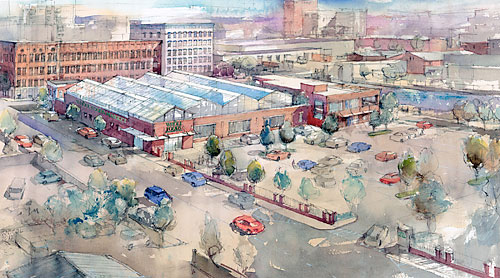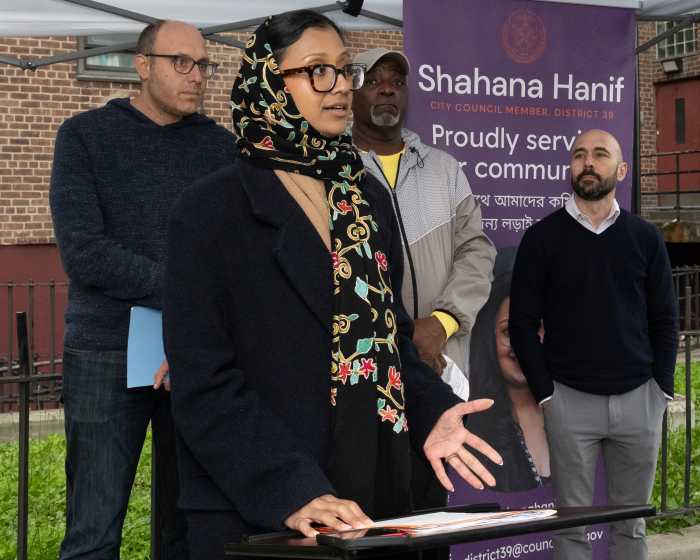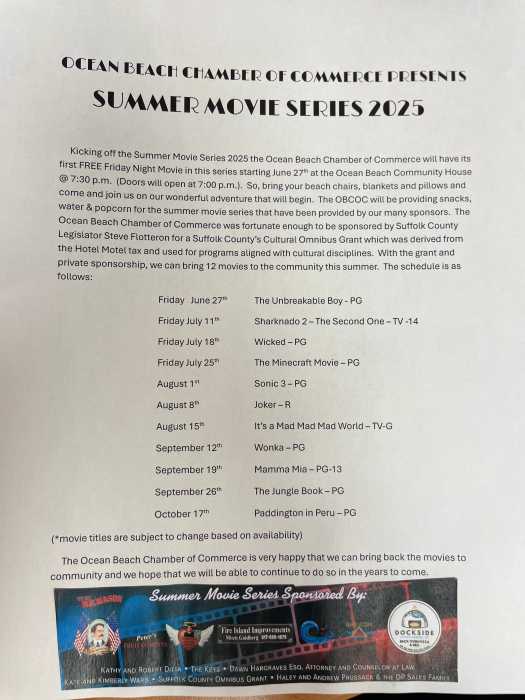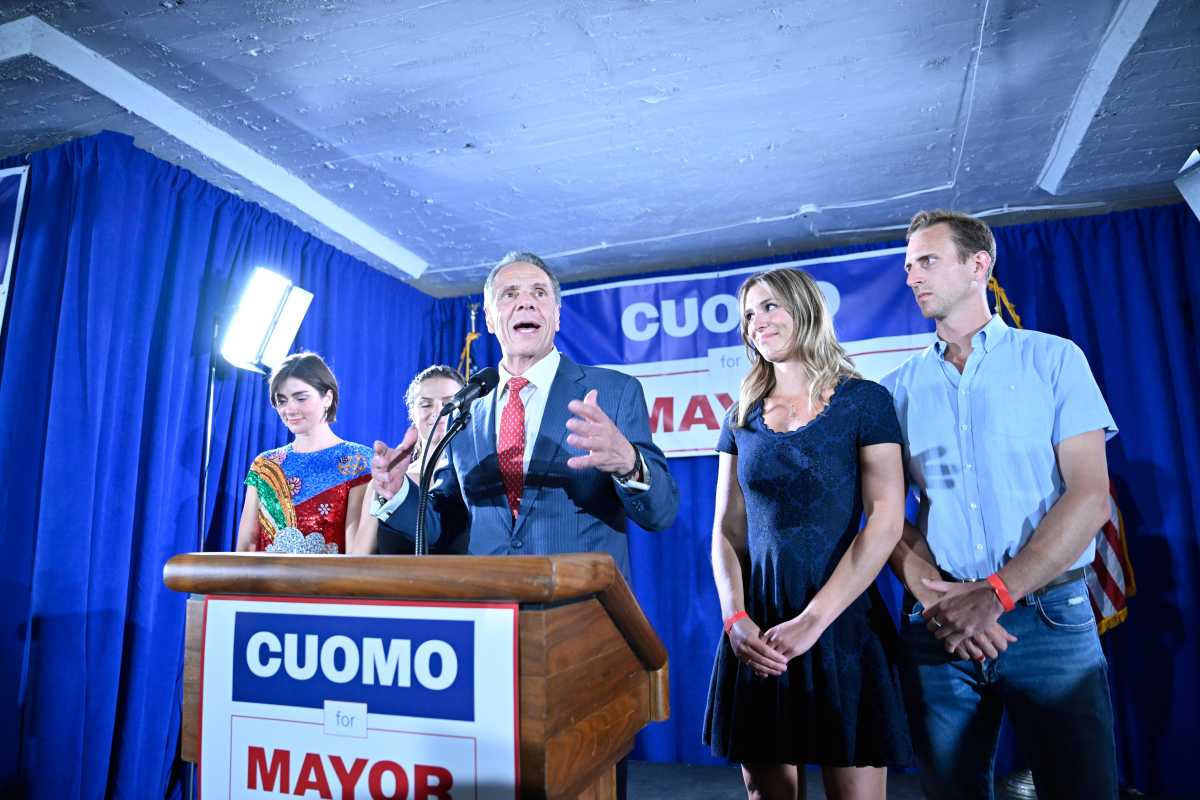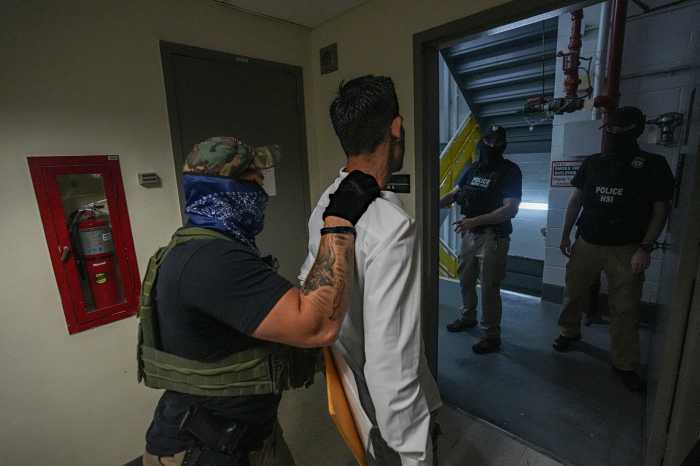Whole Foods cleared the first hurdle in its effort to build a White House-sized megastore on the Gowanus Canal last week, winning the support of a community board panel, even as many locals demanded that the green grocer downsize its plan.
The company — famous for its do-gooding and environmental ethos — needs a zoning variance to build a 56,000-square-foot grocery store at Third Avenue and Third Street, a plan that would bring more than 5,880 cars to the neighborhood each Saturday, according to the company’s own traffic study.
Many opponents of the proposal hooked their opposition to that statistic at last Thursday’s Community Board 6 hearing.
“Unwanted traffic is neither ‘green’ nor desirable,” said Rita Miller, who lives on Second Place.
The new shop — and its 250-space parking lot and 20,000-square-foot greenhouse — is expected sprout in 2012 and would open within months of the Barclays Center arena, which promises to draw thousands of drivers to the area.
The 56,000 square-foot store is down from an original 68,000-square-foot proposal with a 420-car lot. That proposal was delayed because the company first needed to clean its Gowanus-side lot of toxins.
Now the immediate delay is the variance to allow a building greater than 10,000 square feet. Unlike zoning changes, the permit to build larger than the current law allows does not require the support of the community board, the borough president and the City Council. It will only need the rubber stamp of the Board of Standards and Appeals.
At the Community Board 6 committee hearing, at St. Mary’s Star of the Sea on First Street in Carroll Gardens, Whole Foods spokesman Michael Sinatra did not address requests to decrease the shop size or offer shuttle services to ease traffic congestion. (He also did not return several calls by press time.)
Instead, he spoke about the company’s reputation for donating to neighborhood charities and creating jobs. He also said that Whole Foods has a “commitment to sell 10 percent local products,” though one audience member chortled, “That’s it!?”
But there was plenty of support for the project, too.
“Ultimately, this is a positive asset,” said David Krieger of the Gowanus Canal Community Development Corporation. “We should work to find a strong partnership.”
Mark Shames of Community Board 6 added there are plenty of worse companies that could occupy the space.
“Every large project has its pluses and minuses,” he said. “You have to consider what happens if it isn’t built.”


